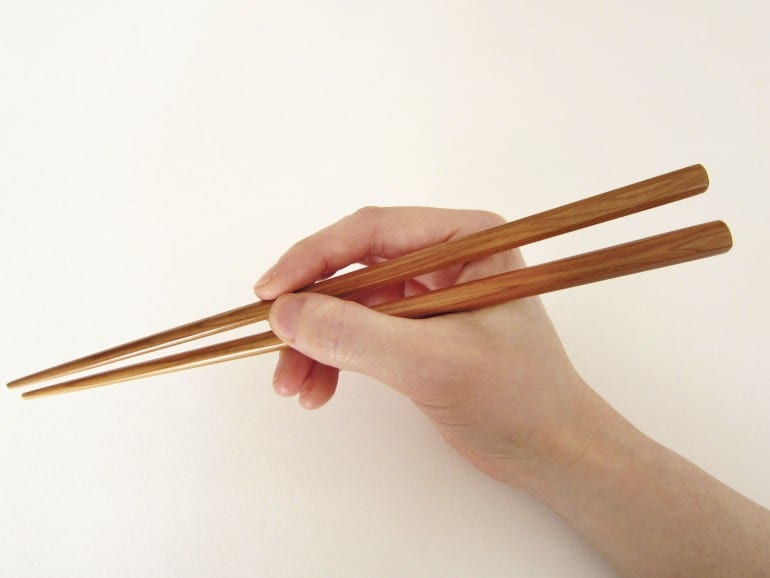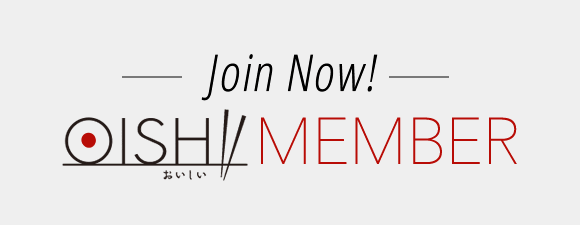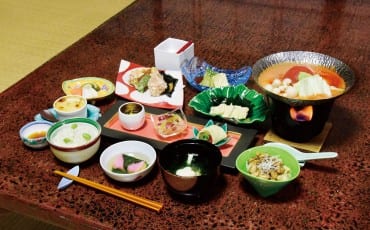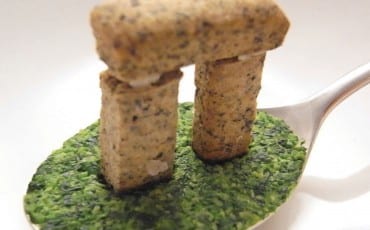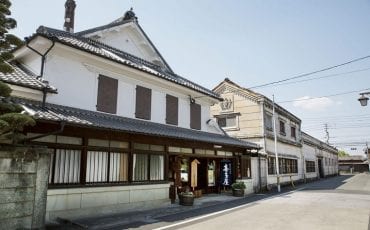- OISHII
- OISHII Wiki
- Tools
- Hashi (Ohashi)
OISHII Wiki
Tools
Hashi (Ohashi)
Chopsticks are something we use almost on a daily basis, but how much do we really know about this humble utensil?
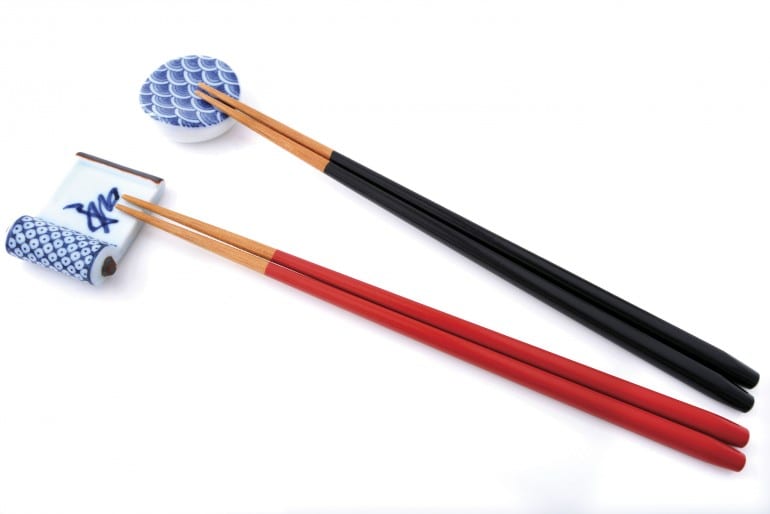
Hashi / Ohashi (chopsticks) are an ubiquitous feature on the Japanese dining table, but what are its origins? The first known sets of chopsticks were used in China around 1200 BC, and were made of bronze. They were mainly used for cooking, as they were a practical way of reaching into boiling pots of oil or water. It was only around 400 AD that people started eating with chopsticks. By 500 AD, the use of chopsticks had spread across Asia. The oldest official records of chopsticks being used in Japan was written in 712 AD, but because Chinese culture made its way to Japan earlier than that, experts believe chopsticks are probably one of the things that were brought over.
Compared to other chopsticks, Japanese chopsticks tend to be shorter in length and tapered to a fine point. In Japan, chopsticks come in a variety of sizes – there are specific chopsticks for children and for women, which are even shorter than standard sizes. They are traditionally made of bamboo or wood, and are often lacquered. The lacquered wood tradition in Japan started in the 17th century. However, the wealthy typically had their chopsticks made from jade, gold, ivory, or silver.
Of course, with today’s modern lifestyles and busy pace of life, disposable chopsticks are the order of the day. In 1878, Japan produced the world’s first disposable chopsticks and today, Japan is responsible for using about 24 billion disposable chopsticks every year. Thankfully, there has been a shift in consumers’ environmental consciousness and “bring your own chopsticks” holders are now more common in Japan.
Japanese Chopsticks: Do’s and Don’ts
Because Japanese chopsticks are so steeped in history, they naturally come bundled with a list of dining etiquette. For example, never stick your chopsticks upright in your rice – this is a big taboo as this is the way a bowl of rice is offered to the spirit of a dead person. Another big no-no is passing food from chopsticks to chopsticks as it is reminiscent of a Japanese funeral ceremony where cremated bones are transferred to the urn.
Funeral taboos aside, a lot of the rules surrounding Japanese chopsticks tend to be focused on hygiene. For example, it’s considered impolite to suck on your chopsticks or to take food from a communal plate with your own chopsticks. Instead, you should use the supplied serving utensil. It’s also considered rude to hover your chopsticks around the dishes as you decide what to eat.
Other things to note? Do not rub your wooden chopsticks together before using them. For some people, it’s a matter of habit but this action is usually done only when the chopsticks are so cheap that they are splintery. Doing so with good quality chopsticks indicates to your host that you think they are cheap, which may be seen as insult. Oh, and never use your chopsticks to point at others when talking as it’s considered even more impolite than using your fingers to point.
The Correct Way To Hold Chopsticks
It may seem complicated, but hey, practice makes perfect!
1. Hold your hand out as if you’re going to shake someone’s hands.
2. Place the first chopstick against your palm, resting it under your thumb.
3. Hold the second chopstick between your thumb and forefinger.
4. Bend your ring finger and little finger, and tuck the ring finger under the lower chopstick.
5. Place your middle finger under the top stick.
6. Move the top chopstick up and down to grip your food.
(Text VANESSA TAI)

